
Jane is a naturalist, photographer and nature writer living in Dorset. Her work has appeared in books, anthologies and blogs for charities such as The Wildlife Trusts and the International Bee Research Association. When she’s not exploring Dorset’s lanes and countryside she can be found lying on her stomach watching insects in her garden. Jane’s entry for this blog’s Lockdown Nature-writing challenge was shortlisted and can be found by clicking here. Jane is currently studying for an MA in Travel and Nature Writing at Bath Spa University and can be found: www.janevadams.com and on Twitter @WildlifeStuff
On the basis of Jane’s entry in the Lockdown Nature-writing Challenge, and a couple of guest blogs she has written for this site since (Weevils and Wool-carder Bee) I have persuaded Jane to write a monthly article to appear on the last Saturday of the month. June’s article was on Stag Beetles and here is July’s…
As lockdown eases, are people losing the love they discovered for nature? It kept us sane and gave us hope at a time when things felt hopeless, but will we be there for nature when it needs us?
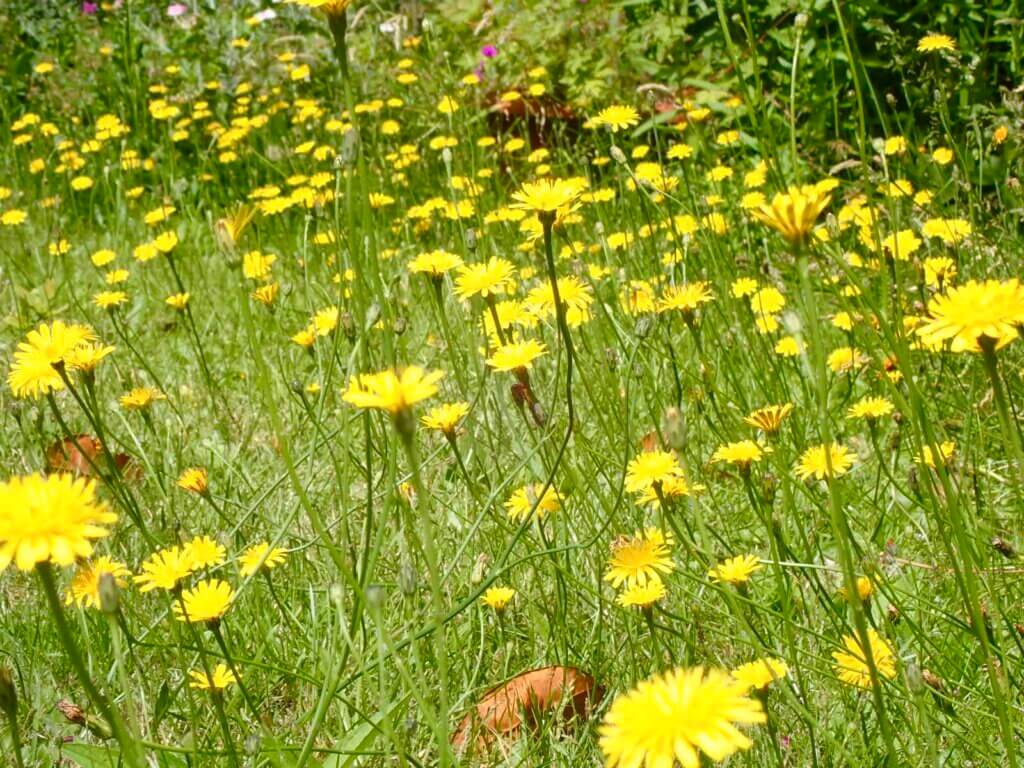
My unmown lawn is a delicious tangle of dandelions and fox and cubs; the hairy perennial, rather than the hairy mammal, whose common name hints at its orange flower – the fox – standing alongside its litter of buds.
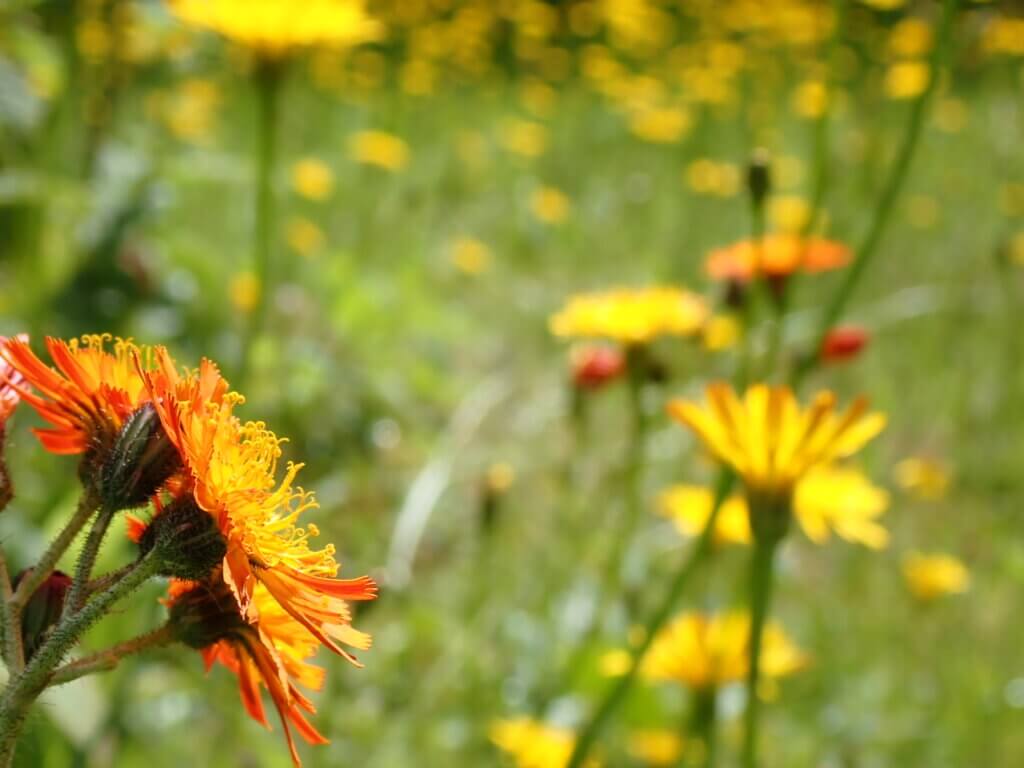
I’d love to boast that I’ve been taking part in Plantlife’s pollinator-friendly #NoMowMay and #LetItBloomJune but in all honesty it was #lockdownlaziness and an aversion to a growling mower that skulks in the shed. But my laziness seems to have paid off – there’s definitely more insects in the garden.
Looking across the lawn flowers bob and bow under the continuously moving weight of feeding bees, butterflies and hoverflies, above them a brown hawker dragonfly grabs at unsuspecting prey, as grasshoppers scratch a tune below.
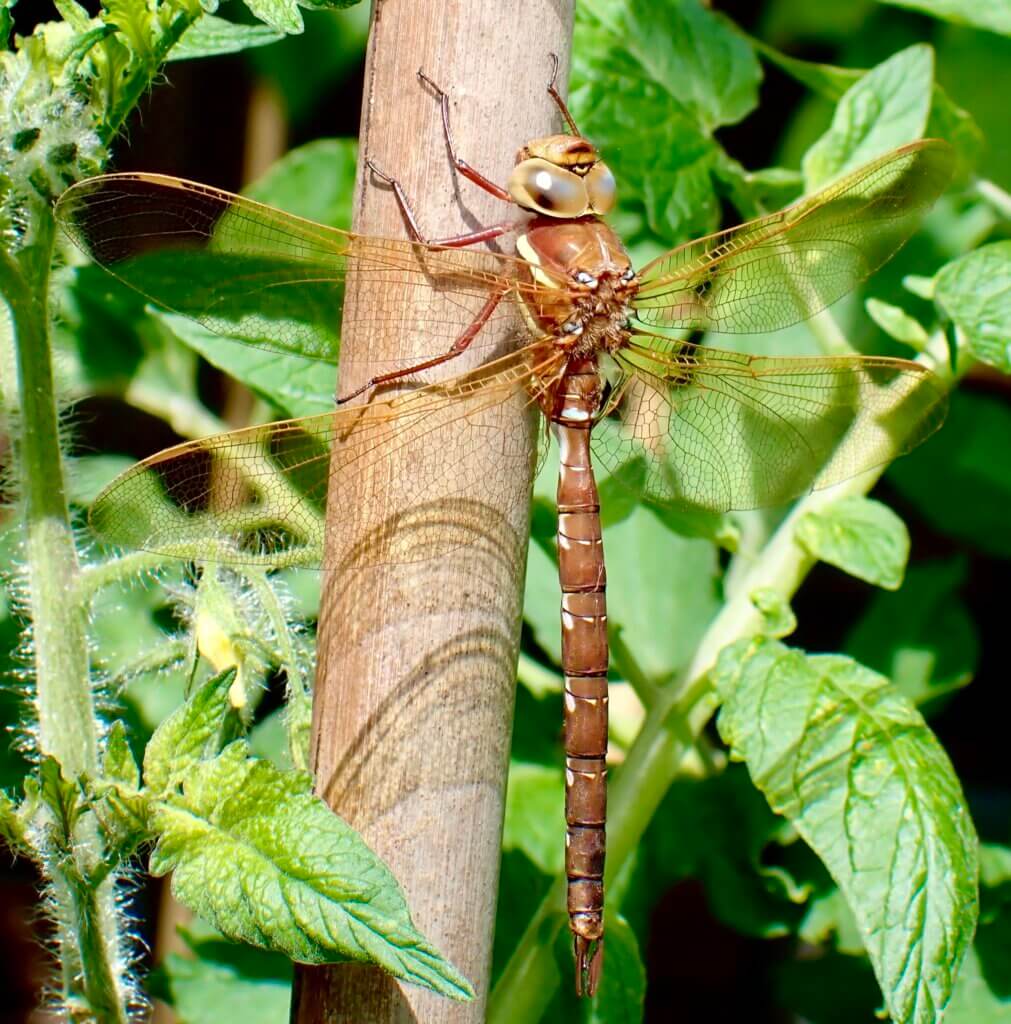
Yesterday evening I stayed in the garden as it cooled and watched as the sky melted to ruby and purple hues. Flowers closed but others, like the jasmine and nicotiana, oozed an earthy musk, calling sexily to the moths and mosquitoes deep in the hedge.
And with the insects came bats. Tiny pipistrelles from under the eaves flitted awkwardly around the house as if worked by invisible strings. Once muscles were warmed, they dropped to a few feet above the lawn, eager to feed. I stood in their way and closed my eyes. When I was a child, I could hear bat echo-location calls, but last night the click of their wings as they jerked and jinxed, and the occasional breeze on my face as they maneuvered around me, was enough to send shivers down my spine.
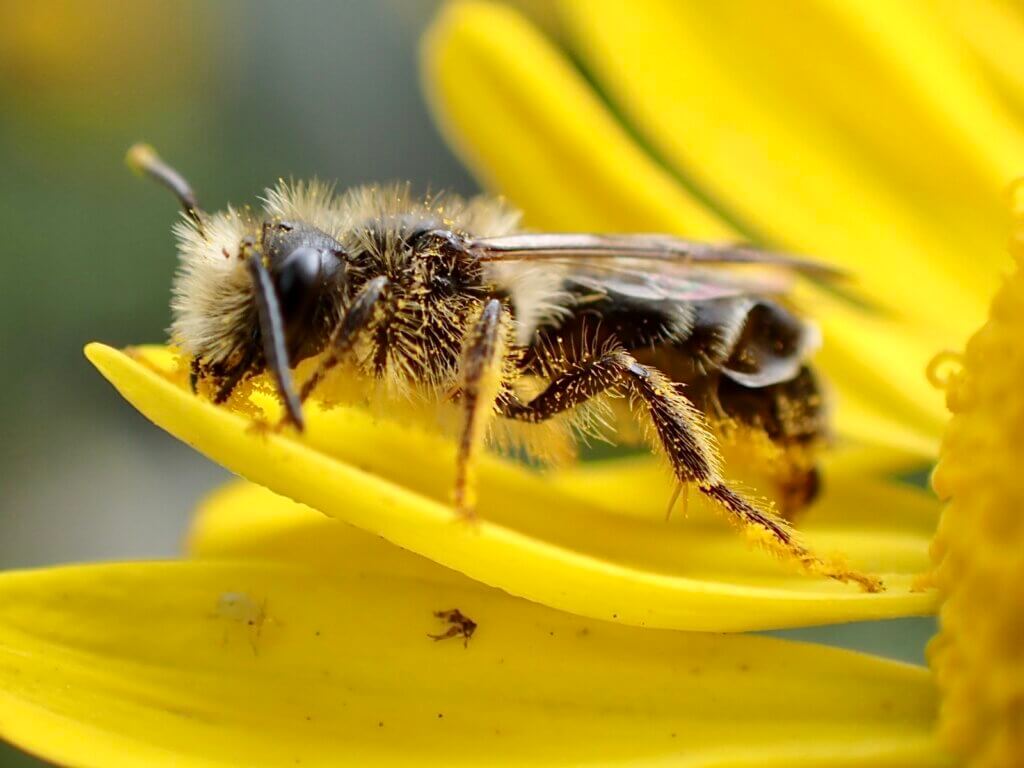
The benefits of being in nature have been discussed a lot in the media during the Covid-19 pandemic – at the beginning, forced to stay nearer to home, people seemed to make the most of discovering or rediscovering their local patch and became excited by the wildlife they saw in their gardens. Now that we all have more freedom it feels like that general enthusiasm and love for nature is waning again.
Lockdown definitely made me reassess my garden, its wild inhabitants, and my feelings towards the natural world. I know that the UK is one of the most nature depleted countries in the world and the problems faced by nature sometimes feel overwhelming and insurmountable.
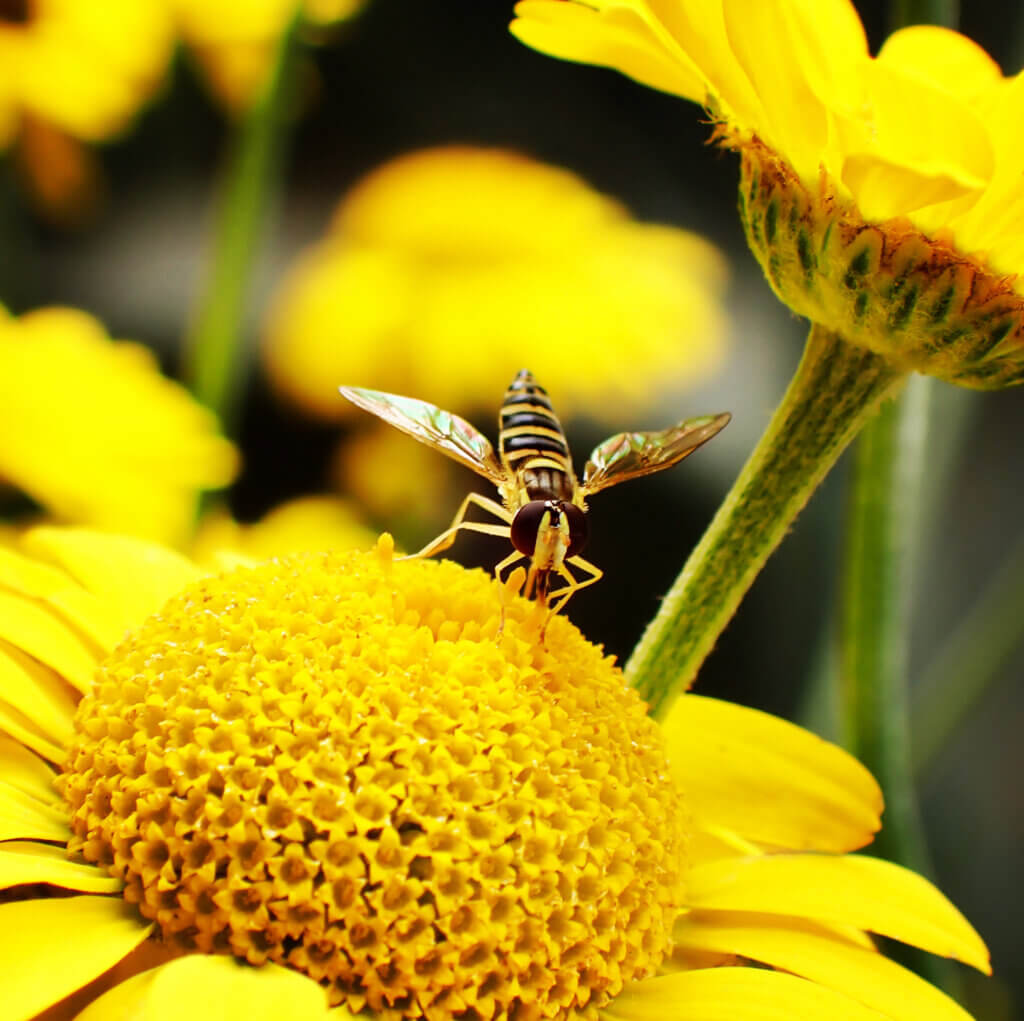
This winter I’ll dig another pond, a bigger one where the dragonflies can lay their eggs, the bats can skim the surface for mozzies and the birds and mammals can drink. I’ll donate as much as I can to my local Wildlife Trust, the RSPB and other organisations trying to help wildlife, and I’ll keep recording old trees for the Woodland Trust. I don’t have the answers, I’m clutching at straws, but hopefully some of us will hang onto that passion we felt for the natural world during lockdown – and maybe, just maybe, we can help to ensure nature thrives in the future.
Notes:
New research reveals huge public support for putting nature at the heart of Coronavirus recovery plans https://www.rspb.org.uk/our-work/rspb-news/news/stories/poll-shows-people-in-england-support-nature-in-covid-recovery/
Drawing on the latest research, this report shows how a variety of natural landscapes in the UK can store carbon and could absorb a third of UK emissions if these degraded habitats were to be expertly restored. https://www.wildlifetrusts.org/sites/default/files/2020-06/Let%20Nature%20Help.pdf
Proposals for a Nature Recovery Network of joined-up habitats to help wildlife and people to thrive. https://www.wildlifetrusts.org/sites/default/files/2018-06/Nature_recovery_network_final.pdf
[registration_form]
Get yourself a grasshook / sickle, or even a scythe, and you’ll never have to fight with the mower again.
Thanks. Not sure I trust myself with a blade that big, my husband already cringes when I use the kitchen knives! If I did go that route, is it worth having some training on how to use them properly? It’s a bloody big lawn.
‘Helping nature to thrive’ Jane will require more than donating to NGOs and developing a wilder garden, important as both of those things are. It requires ‘activism’ in one form or another.
At its least demanding that might mean signing petitions though I think their effectiveness is increasingly in doubt.
At the other extreme it means joining protests and marches such as those organised by XR. In between come writing to MPs, fighting local planning applications, attending Hen Harrier Days, challenging Natural England, supporting Wild Justice, joining the Green Party etc….take your pick.
Being an active part of the ‘political’ process is something that Mark has ably demonstrated. He has shown us that individuals can make a difference and make themselves heard. Belonging and donating to NGOs is simply not enough any longer. Their staff are hard pressed, constrained by funding and charity rules which prevent them from being overtly ‘political’ – though some are now pushing those boundaries.
This ‘activism’ is rarely easy or immediately rewarding so for your own wellbeing you do need to balance it with enjoying the wildlife in your garden or local park if you have no garden or going off to a nature reserve or other wilder landscape nearby (if you can find one!) And for sure, finding that balance can be hard.
Ps. Do be sure to dig that pond – every garden should have one!
Thanks for your comment Nick. I cringe at the rise in ‘clicktivism’ although I have to admit to completing a fair few online petitions in my time. Like you, I fear they aren’t that effective.
Until we find a way of controlling Coronavirus I don’t see protests and marches having the impact that they may once have had. I’m shielding with my partner, so they aren’t something I would consider. I’m also not someone who feels comfortable with some forms of activism. When the badger cull started I decided to go down the route of training as a bTB vaccinator, rather than joining the anti-cull movement. Just my way of dealing with things I guess.
I have written to my MP many times – sadly met with a canned pre-formatted response. I’ve also met with local councillors, who seem totally powerless when it comes to bigger environmental issues. I’m also part of a local voluntary environmental group who comment on local plans, policy changes and planning applications. I do feel that this is valuable – as we have seen significant changes due to our comments – it also holds the local authority to account, but it’s not something most people would want to be a part of. Trawling through planning applications and local authority plans leaves most people with the feeling that they want to hit my head against a wall (I know it does me).
I think you possibly underestimate the impact that NGOs could have. Locally my Wildlife Trust works hard commenting on local authority policy/plans and planning applications, as well as working with Local Nature Partnerships and Local Enterprise Partnerships to, in their words, “deliver sustainable solutions to local problems”. Where I do think NGOs could have more clout is if they worked in partnership. This is starting to happen with projects such as Back from the Brink and Blueprint for Water, but I would definitely like to see more collaborative campaigning at a national level (where possible), as well as more working with businesses, such as building developers consulting with NGOs on their biodiversity strategies.
Ultimately all these things still feel pretty insignificant in terms of what is really needed to ‘help nature to thrive’ – but I guess they are a start.
I now leave most of my grass and scythe it once a year.I was lucky to be taught scything through the local wildlife trust.Since I stopped mowing I have aquired a bee orchid and a commom spotted orchid. Is that thanks to the birds? Lots more bees,hoverflies and butterflies make a walk in the garden so much more intersting
Hand cutting in smaller portions – a bit every 7-14 days can make a real mosaic of grassland, on a small or larger scale lawn……..our mower hasnt been out for a long time.
That does sound like a good plan Louise, especially as it allows the wildlife to just ‘move’ to other parts. I’ve noticed the goldfinches and bullfinches are having a field-day at the moment with all the seeds.
That does sound like the way to go Gerald – you are obviously seeing good results. If/when things go back to normal I’ll have to see if there are any good courses locally.
A grass hook / sickle, or scythe. Would be grasshopper friendly. If I mow before the end Sept it’s just grasshopper harvesting.
I am getting too old and stiff to enjoy swinging a synth once a year. Anyone know if there is a reciprocating hedge trimmer style grass cutter on the market. They used to be the way meadows were cut before the modern mowers came on the scene. The disadvantage is they do not like mole hills and need sharpening rather than relying on a rapidly spinning blade..
That would be interesting. I look forward to seeing if anyone comes up with any suggestions. I do worry about using a hook/sickle or scythe as my joints aren’t as ‘mobile’ as they used to be.